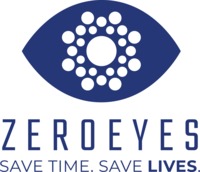Key points:
- A number of leading education and technology leaders are formulating recommendations around teaching with AI
- These efforts can help prepare students to work with and within the world of AI and its rapid evolution
- See related article: The importance of teaching generative AI
Code.org, ETS, ISTE, Khan Academy, and World Economic Forum have formed TeachAI, bringing together education, nonprofit, and technology partners to assist governments and education authorities with integrating artificial intelligence (AI) into primary and secondary curricula worldwide while protecting student safety, respecting privacy rights, and addressing issues of bias and misinformation.
AI’s rapid pace of development in recent months offers exciting applications for the classroom, but the unprecedented technology also demands deliberation as the implications are vast. TeachAI will bring critical voices across education, policy, and technology to develop a practical framework for teaching with AI and teaching about AI. …Read More

